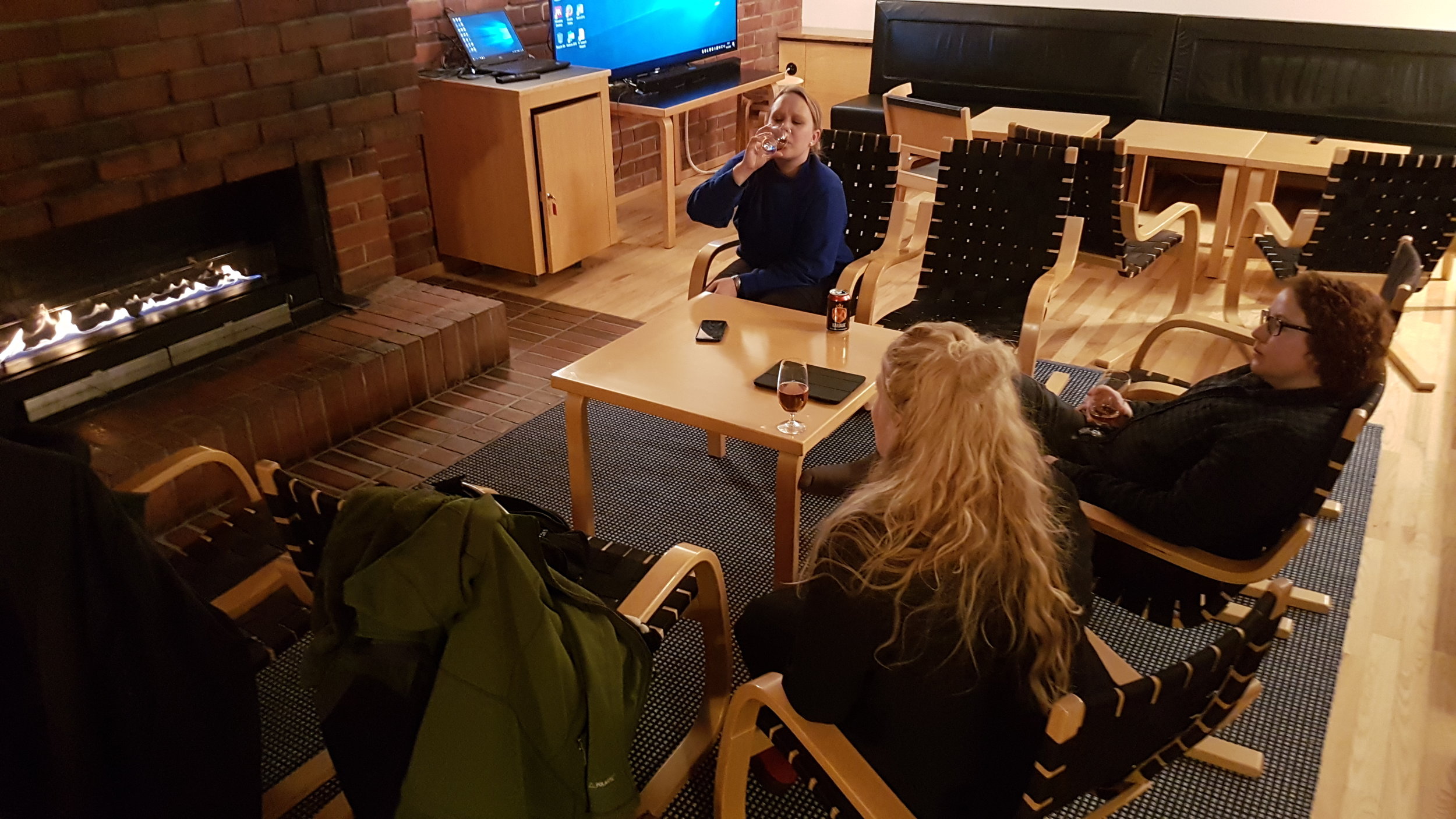This week Shaun travelled to Ireland to meet with friends and colleagues Christos Ioannou, Phil McGinnity, and Valentin Lecheval, to perform work on some ongoing projects. The weather wasn’t very cooperative but it was a productive and fun trip nonetheless!
Viewing entries tagged
collaborators
This summer, Barbara, Magdalene, Jack and Shaun went to the North Sea Oceanarium in Denmark to run an ”upscaled” fishing experiment on Atlantic Cod. This work was done together with colleagues Junita Karlsen and Peter Skov from DTU, the Danish Technical University, and Albin Gräns and Per Hejlmstedt from SLU, the Swedish Agricultural University.
Part of the ERC PHYSFISH-project, this experiment aims to investigate why certain fish within species might be more vulnerable to capture by fishing than others and if this is because they differ in behavior, metabolism, or stress response. Before running fishing simulations, using trapping and angling, all fish where implanted with loggers continuously recording their heart-rate and then measured for their behavioural traits and metabolism.
Atlantic cod after being implanted with a heart rate logger.
Big fish, big experimental arena!
Some of the team posing in front of the big pelagic aquarium.
Experiencing Hirtshals’ famous nightlife.
Thanks to the staff at the North Sea Oceanarium for making this possible and to all for this great collaboration!
During the trip Shaun and Barbara also joined for the first year the annual ICES-FAO WGFTFB (Working Group on Fishing Technology and Fish Behaviour) meeting held in Hirtshals, Denmark to talk about the research done in the PhysFish-project. It was a great opportunity meeting scientists working on fishing gear technology and gear selectivity, including those that developed the cod pot used in our experiment! We also learned from the chairman Haraldur Einarsson, threatening to open a can of fermented shark is a rather efficient way to make speakers respect their presentation time…
Barbara presenting her poster.
This week Lucy and Shaun visited Jolle Jolles in Konstanz to work on various ongoing analyses. It was a great few days with lots of excellent brainstorming and exchanges of ideas. Looking forward to our next visit!
Last week Shaun was in Bergen, Norway, for a meeting of collaborators and consultants on the ConEvolHer Project, coordinated by Katja Enberg. It was an incredibly stimulating week of science with some fantastic people. Thank you Katja and lab for organising such a great meeting!
Immediately after returning from China, Shaun was off last week to the University of Essex, to meet with Tom Cameron and give a departmental talk. Thanks to Tom and lab for being such fantastic hosts!
Real Finnish winter!
Last week Shaun traveled to the University of Jyväskylä to give a talk and visit Pauliina Ahti, Silva Uusi-Heikkilä, and Anna Kuparinen. The trip was filled with lots of great conversation about fishy science, Finnish treats, and beer! Thanks to all for an amazing visit!
Fireside science chats.
Ummm.... salmiakki....
Shaun Killen recently returned from a two-week stint working with colleagues Suzie Mills and Ricardo Beldade at CRIOBE (shown above), on the beautiful Tahitian island of Moorea in French Polynesia. Accompanying Shaun was IBAHCM Research Fellow Tommy Norin, who will remain in Moorea until mid-December (poor guy).
Tommy, Shaun, and Ricardo doing plankton tows to feed the young clownfish (photo Tommy Norin).
The main focus of the collaboration is to study the factors that influence the dispersal of clownfish larvae after they hatch and leave their nest. In particular, the aim was to see how the metabolism and swimming ability of the larvae changes throughout their early development, to understand whether the little guys are able to control their own destiny by swimming faster than the prevailing currents.
A 15-day old clownfish larvae in a teeny tiny respirometer.
Getting ready to collect some clownfish eggs to take back to the lab for hatching and larval rearing.
Adult clownfish. (Photo Tommy Norin)
Clownfish eggs. The bright orange colour indicates they were likely laid within the last day or two. (Photo Tommy Norin)
These eggs are much older and likely close to hatching. You can even see the eyeballs of the embryos inside. (Photo Tommy Norin)
Tommy and Shaun checking out some clownfish nests. (Photos Suzie Mills)
Harvested eggs back in the lab, being aerated until they hatch.
Other projects underway with the team include understanding how anenomes affect routine oxygen uptake in their resident clownfish, and studies to examine how various environmental stressors affect metabolic rate in sea hares.
A juvenile clownfish being measured for oxygen uptake with the respirometry chamber being placed within an anenome. (Photo Tommy Norin)
Seahare oxygen uptake being measured in respirometry chambers. (Photo Tommy Norin)
Last week biologists from all over the globe descended upon Brighton in the UK for the annual meeting of the Society for Experimental Biology. As always the conference was jammed with incredible talks and was a great chance to catch up with old friends.
Our Institute at the University of Glasgow was particularly well-represented with a contingent of 14 staff and students in attendance. This included several talks and posters from the Killen lab and collaborators as well as a highly successful session organised by Shaun Killen and Stefano Marras on The Role of Individual Variation in the Behaviour of Animal Groups. We're already looking forward to next year in Gothenberg, Sweden!
Master's student Brooke Allan presents her poster on social interactions and metabolic traits in minnows.
Ph.D. student Julie Nati is caught mid-blink as she presents here poster on how invasive bullheads and native stone loaches may differ in their hypoxia tolerance.
M.Res. student Ben Cooper giving a presentation on his work looking at how shoaling tendencies in sticklebacks may cause them to experience deviations from their individual temperatures preferences.
Killen lab collaborator and visiting Ph.D. student Matt Guzzo (University of Manitoba, Canada) presents his work looking at how brief but repeated foraging forays into warm temperatures may affect the growth and metabolism of lake trout.
Ph.D. student Tiffany Armstrong (co-supervised with Kevin Parsons) presents her work on how variation in maternal egg brooding quality may affect the social behaviour of offspring.
Killen lab collaborator and Ph.D. student Lauren Nadler (James Cooke University, Australia) giving a talk on her work looking at how exposure to shoal-mates can reduce metabolic rates in tropical damselfish. Congrats also to Lauren for winning this year's Young Scientist Award!!
Shaun Killen talks about his recent work in Brazil with Andrew Esbaugh, Tadeu Rantin, and David McKenzie on social air-breathing in African sharptooth catfish.
Glasgow research fellow Antoine Stier, Shaun Killen, and Matt Guzzo get serious to represent for Conservation Physiology.

































